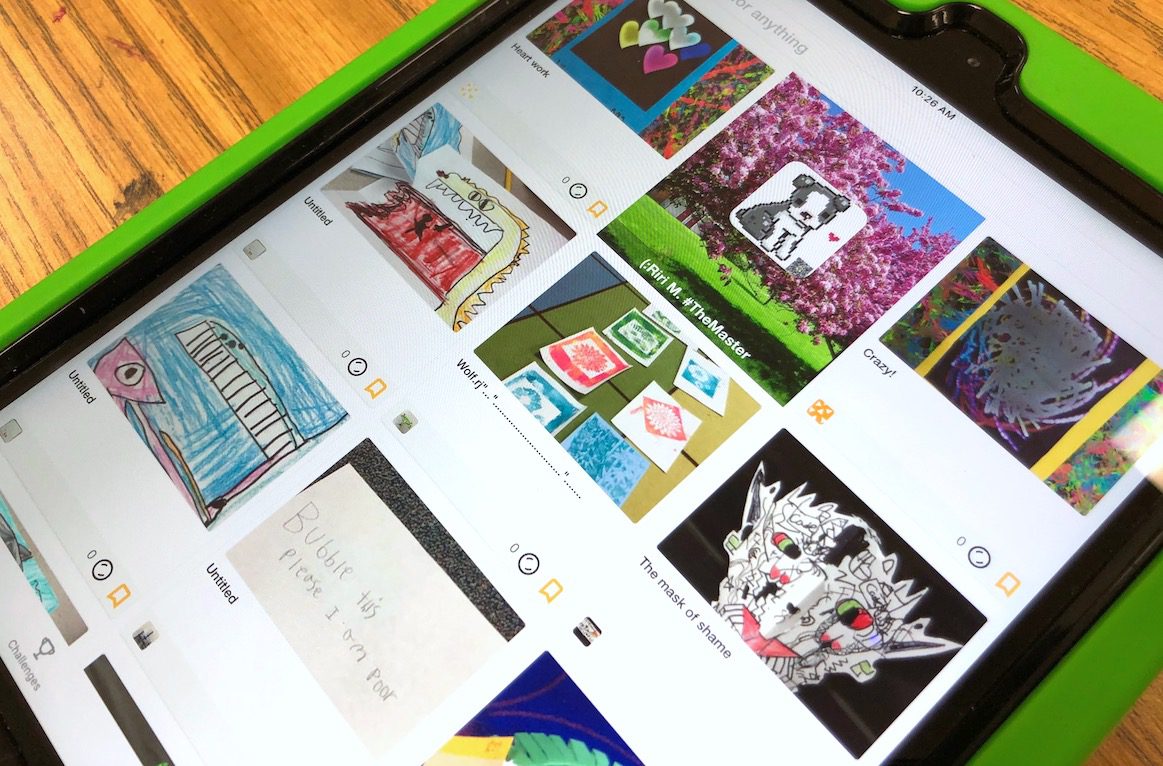Whether you’re a fan or not, technology is everywhere, and it will only continue to grow and be an integral part of education. The article, Here’s How Technology is Shaping the Future of Education, by Zoe Bernard suggests, “…technology is already sweeping through classrooms as educators and developers create more and more products designed to enhance education.” When it comes to the art room, the key is finding a balance between technology integration and traditional art processes.
As an art teacher, it’s vital for us to stay informed of best practices and integrate technology into our classrooms. Not only because it helps foster our students’ 21st-century learning skills but because it can be a fun and exciting addition to the art room.
Check out the top 10 ways technology can enhance the art room.
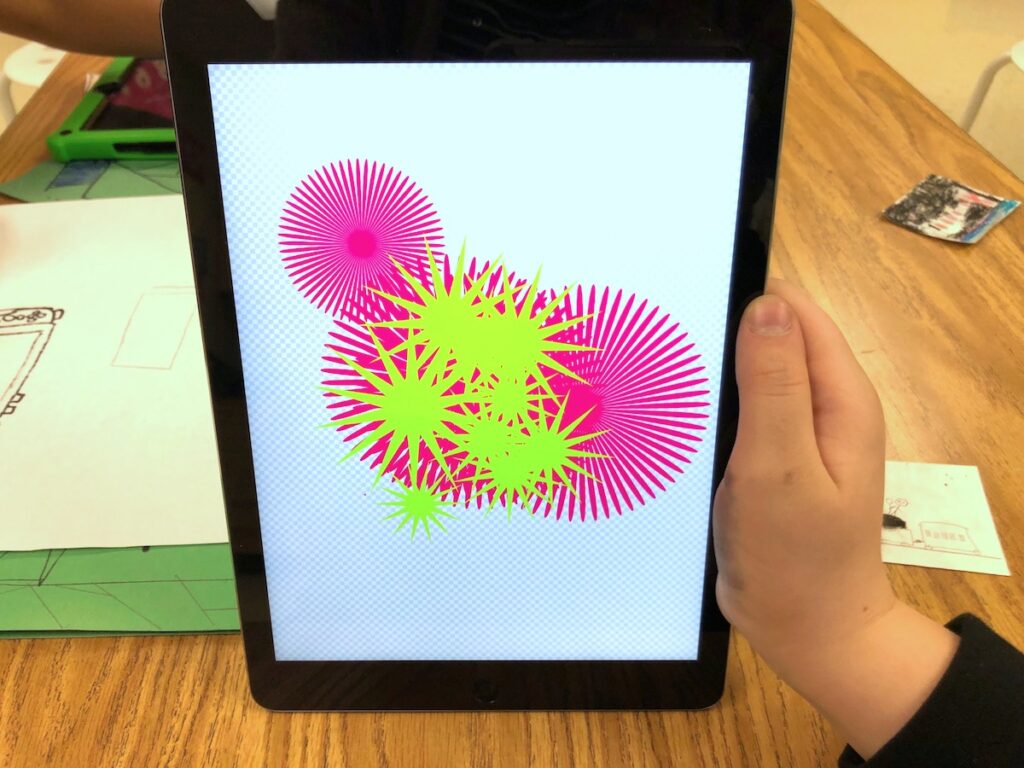
1. Technology gives students a new way to create art.
Technology in the art studio is a great way to get your students using a different type of medium. There are several apps with which students can create their own art as well as manipulate the traditional art they have made.
Here are a few of my favorites:
Apps like these also show students there are other forms of art out there like animation, green screen, and iMotion videos.
2. Technology offers many apps that allow for the transformation of traditional art.
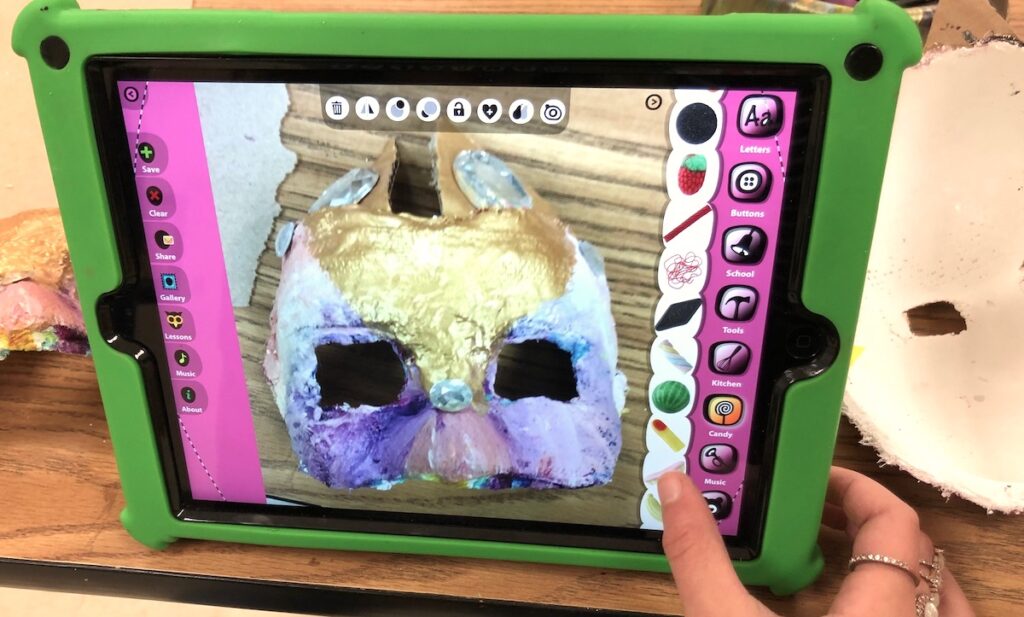
Students have the opportunity to transform art they have created with a variety of apps. There is also a term called “app smashing” in which students can use two or more apps to transform their artwork. For example, students can take a photo of a drawing and edit it with Aviary. From there, the student could take it into another app, such as PicsArt, to add different edits. This works well with photography projects, too.
3. Technology allows for flipped learning.
Flipped learning can be a great way to share information with your students without continuously repeating yourself. If a student is late or absent, they can watch video demonstrations created using technology such as Chromebooks or iPads. Many art teachers have begun to use the flipped model to cut down on time spent reteaching concepts, when they are absent, or for student-directed learning. Flipped learning works in all types of art rooms and can be very helpful.
Check out these resources to learn more about flipping your classroom:
- Flipping Your Classroom Basics PRO Learning Pack
- The Most Important Information You Need to Know about Flipping your Art Room
- How to Use Flipped Learning to Support Absent Students
- Flip Your Rules and Procedures to Save your Sanity
4. Technology can transform your teaching strategies.
Resources like projectors, document cameras, iPads, Chromebooks, and SMART boards can take teaching to the next level. We are past the times of “sit and get” where students are following a book word for word or listening to lectures. Technology allows educators to transform education and present information in new, effective ways. There are even websites available to take students on virtual tours of museums like the Louvre.
5. Technology increases opportunities for research.
Students love technology! They often spend countless hours on their smartphones, tablets, and laptops. Using these tools to benefit students educationally can be a fantastic way to get them engaged in research for class projects. For example, the article, How to Plan an Art Career Research Unit, shares ways to use technology in the classroom to get students researching art careers.
6. Technology provides ways to easily track student progress.
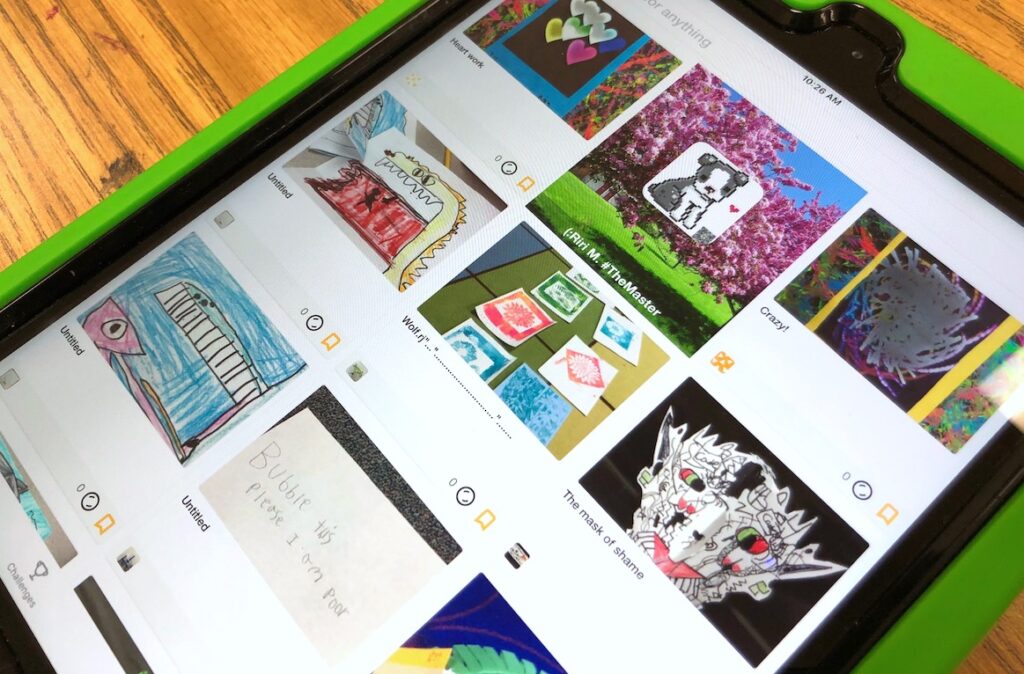
Digital portfolios have become popular in many art rooms. They are effective ways to see what your students are working on as well as a place for them to organize their work—and they don’t take up any space. A few popular apps for digital portfolios include Creatubbles, SeeSaw, and Artsonia. Some art teachers even use Google Classroom as a way for older students to document their work.
7. Technology makes learning fun.
Finding ways to make learning more fun is essential. Learning new ways to share information, promote student collaboration, and promote 21st-century skills can not only be beneficial for developing critical thinking, communication, creativity, and collaboration but it can also be fun.
8. Technology offers a variety of opportunities to integrate formative assessments.
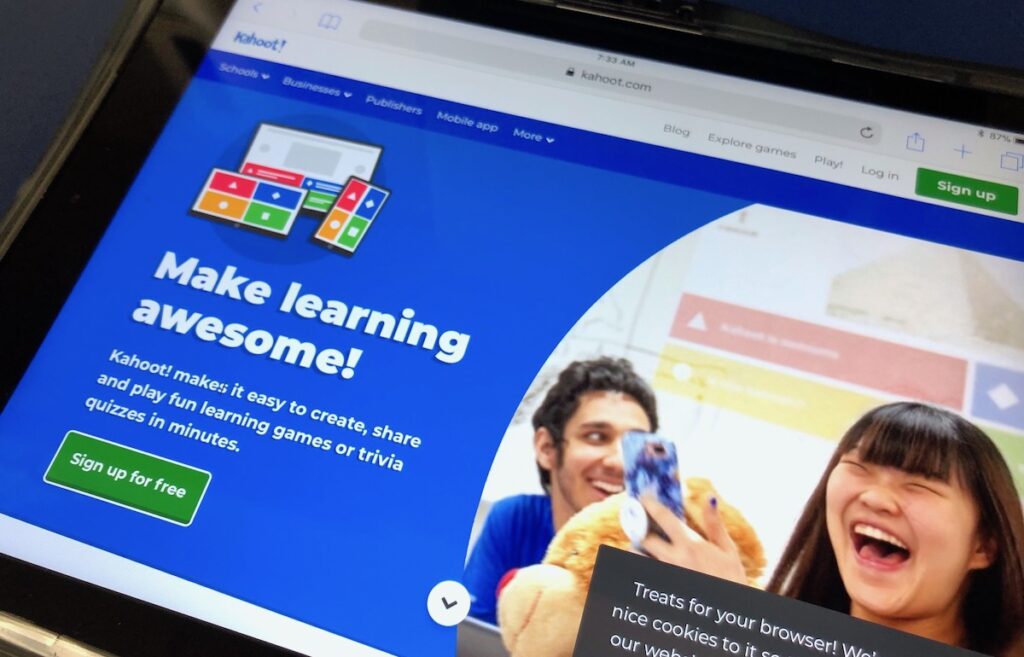
Assessment in the art room can be overwhelming depending on the number of students you have in your class. Technology can help ease this burden by creating fun, easy, effective ways to conduct organized formative assessments in your class. Depending on the app or platform you choose, you can cut down on paper and consolidate data in one easily accessible place.
Take a look at the following apps to get ideas of how you can use them in your classroom.
9. Technology promotes collaboration.
Collaboration allows students the opportunity to practice working well with others. There are a variety of ways to promote this skill through technology.
Here are a few resources that allow students to collaborate as they share ideas and create presentations.
- Google Drive ( Google Slides, Google Docs)
- Padlet
- Prezi
10. Technology promotes engagement.
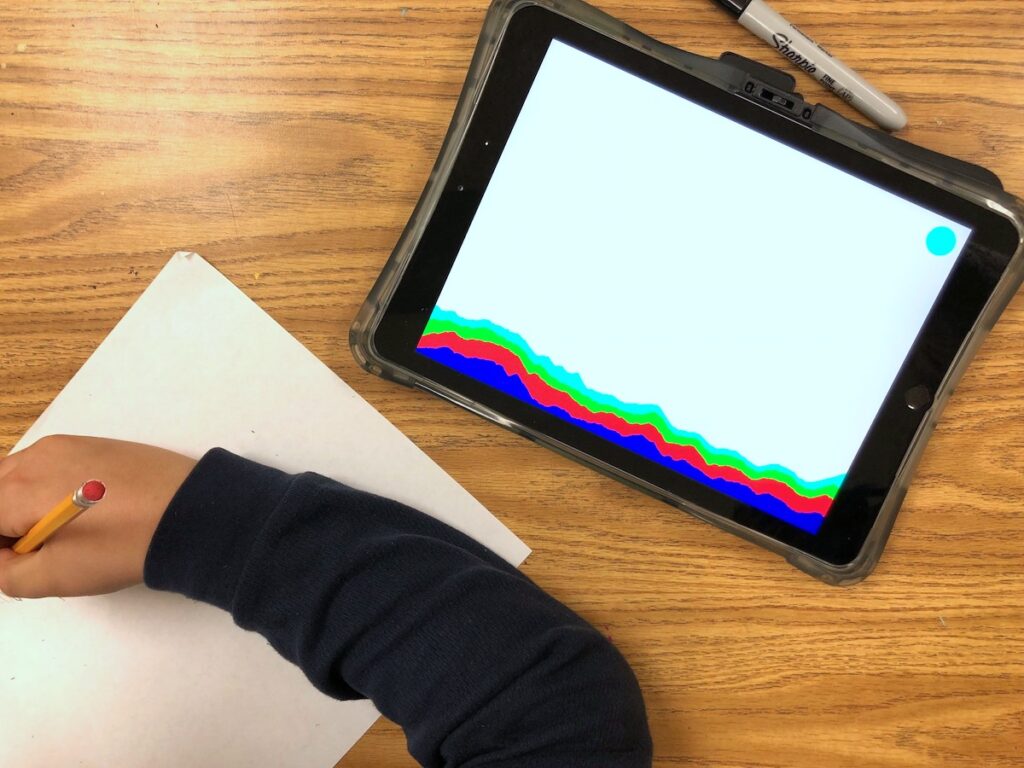
A key concern in classrooms is student engagement. In order to reach your students, the learning activities should be engaging. Technology is a great way to get your students engaged and interested in discussion topics. Whether it is viewing a Google Slide presentation of famous art or being assessed using Plickers, both can grab students’ attention easily. They are interactive ways of learning that promote student engagement.
Whether you use loads of technology or are just getting started, the fact that you are implementing forms of technology in your class is a step in the right direction. As you can see, there are a variety of benefits helpful to both you and your students.
What are the benefits you see of using technology in the art room?
How do you use technology in your classroom?
Magazine articles and podcasts are opinions of professional education contributors and do not necessarily represent the position of the Art of Education University (AOEU) or its academic offerings. Contributors use terms in the way they are most often talked about in the scope of their educational experiences.
